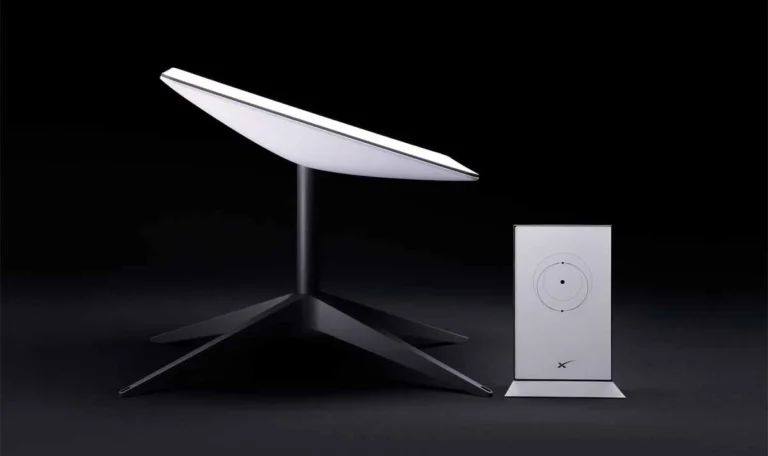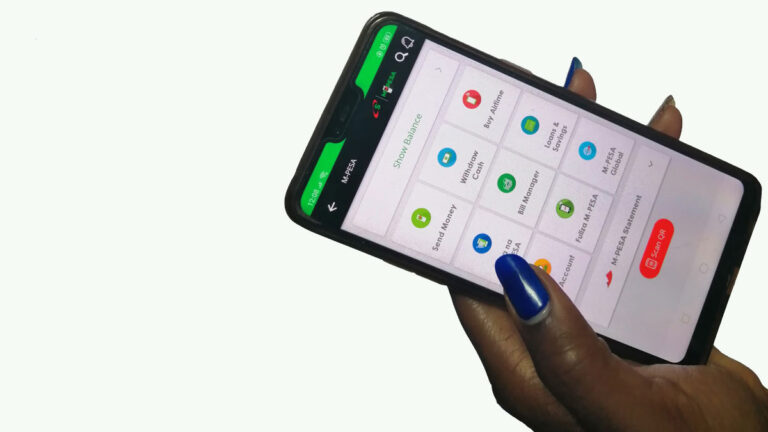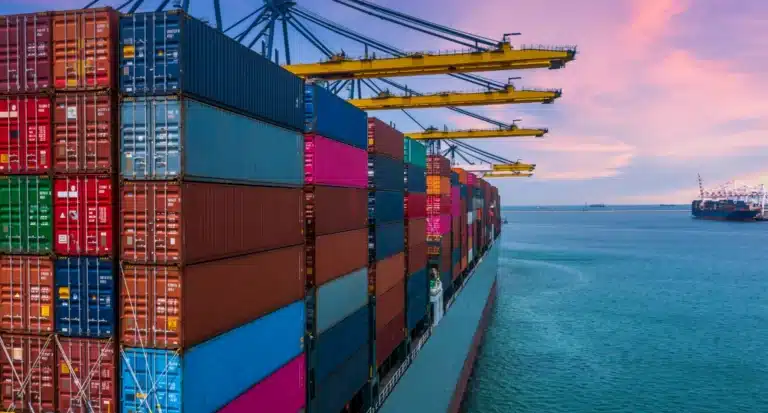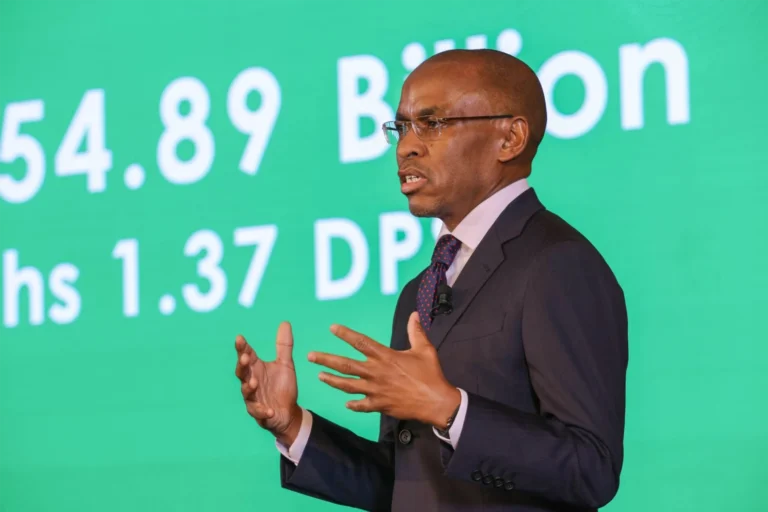The Ministry of Information, Communications and Digital Economy under Cabinet Secretary William Kabogo has launched an ambitious plan to digitize all government records. This will boost service delivery, curb corruption and drive economic growth.
Whole of Government Approach
During a meeting with Heads of Departments and Divisions from the State Department of ICT, CS Kabogo said a coordinated approach across all ministries and agencies is needed to achieve full digitization. He said the Ministry of ICT will lead the way since technology is the backbone of all government operations.
He said in the past ministries have worked in isolation when introducing digital systems and that will not happen again. To address this he promised to stick to the guidelines and a single approach to ensure seamless integration across all departments.
Key Objectives and Timeline
Kabogo has given his ministry 90 days to go paperless in all communications including letters and memos. His ultimate goal is to have all government operations digital by the end of his term.
The digitization effort will:
- Eliminate Manual Records: All ministries and departments will digitize their records and automate backend processes.
- Increase Transparency: By making information available, the government will curb corruption and increase public accountability.
- Improve Efficiency: A digital system will enable real time data sharing, decision making and reduce delays in service delivery.
Fighting Corruption Through Technology
Kabogo said digitalization will make it easier for oversight bodies like the Controller of Budget and the Auditor General to track expenditure in real time. This will address issues of pending bills and ensure alignment between expenditure plans and available budgets.
He also suggested a “corruption fighting trophy” to be awarded to individuals and departments that are visible in promoting integrity in government operations.
Ministry of Lands
As part of the digitization efforts, Kabogo said Ksh3.9 billion has already been spent on digitizing records in the Ministry of Lands. Documents have been scanned and they are in the process of migrating to digital system and will not create new physical records.
ICT and Economic Growth
Principal Secretary Eng. John Tanui said ICT is key in the government’s Bottom-Up Economic Transformation Agenda (BETA). He said the digital economy is growing 2.5 times faster than the physical economy and that connectivity and digital platforms will boost government performance.
Key areas of focus in the digital agenda are:
- 1,450 digital hubs across Kenya.
- Cybersecurity, misinformation and disinformation.
- Digitization in ministries like Lands to get significant operational benefits.
Existing Challenges
Tanui said while some ministries have digitized, many have only scanned documents and not transitioned to full digital process. This has resulted to manual records being generated and undermining the benefits of digitization.
To resolve this, the government aims to:
- Ensure complete migration to digital systems.
- Enhance collaboration across ministries and agencies.
- Scale up successful projects like the Lands Ministry’s digital system across other departments.








